Select an Orthopaedic Specialty and Learn More
Use our specialty filter and search function to find information about specific orthopaedic conditions, treatments, anatomy, and more, quickly and easily.
GET THE HURT! APP FOR FREE INJURY ADVICE IN MINUTES
Shoreline Orthopaedics and the HURT! app have partnered to give you virtual access to a network of orthopaedic specialists, ready to offer guidance for injuries and ongoing bone or joint problems, 24/7/365.
Browse Specialties
-
- Elbow
- Joint Disorders
Elbow (Olecranon) Bursitis
Normally, the olecranon bursa is flat. However, if it becomes irritated or inflamed, more fluid accumulates in the bursa causing elbow bursitis to develop. Elbow bursitis can occur for a number of reasons, including trauma, prolonged pressure, infections, or certain medical conditions.
More Info -
- Foot & Ankle
- Hand & Wrist
- Sports Medicine
Nerve Injuries
Injury to a nerve can stop signals to and from the brain, resulting in a loss of feeling in the injured area and causing the muscles to stop working properly. Nerves are fragile and can be damaged by pressure, stretching, or cutting.
More Info -
- Foot & Ankle
- Ligament Disorders
Plantar Fasciitis
Although the plantar fascia is designed to absorb the high stresses and strains placed on the feet, sometimes too much pressure can damage or tear these tissues. The body’s natural response to such an injury is inflammation, which results in heel pain and stiffness of plantar fasciitis.
More Info -
- Physical Medicine & Rehabilitation (PM&R)
PM&R or Physiatry Overview
Physical medicine and rehabilitation (PM&R), or physiatry, is one of 24 medical specialties certified by the American Board of Medical Specialties. This branch of medicine emphasizes the prevention, diagnosis and nonsurgical treatment of disorders related to nerves, muscles and bones that affect movement.
More Info -
- Fractures, Sprains & Strains
- Muscle Disorders
- Sports Medicine
Thigh Muscle Strain
Muscle strains usually happen when a muscle is stretched beyond its limit, tearing the muscle fibers. They frequently occur near the point where the muscle joins the tough, fibrous connective tissue of the tendon. A similar injury occurs if there is a direct blow to the muscle. Muscle strains are graded according to their severity.
More Info -
- Fractures, Sprains & Strains
- Neck and Back (Spine)
Thoracic & Lumbar Spine Fracture
The most common spinal fractures occur in the thoracic (midback) and lumbar (lower back) spine, or where the two connect (thoracolumbar junction). There are several types of thoracic and lumbar spine fractures, and classification is based upon pattern of injury and whether or not the spinal cord has also been injured. Identifying the type of fracture can help your physician determine the most appropriate treatment.
More Info -
- Hand & Wrist
- Joint Disorders
- Minimally Invasive Surgery (Arthroscopy)
Wrist Arthroscopy
Arthroscopy is a minimally invasive surgical procedure used by orthopaedic surgeons to visualize, diagnose and treat problems inside the joint. Your doctor may recommend wrist arthroscopy if you have a painful condition that does not respond to nonsurgical treatments.
More Info -
- Fractures, Sprains & Strains
- Hand & Wrist
- Joint Disorders
- Ligament Disorders
- Sports Medicine
Wrist Sprains
Sprained wrists are often caused by a fall, such as onto an outstretched hand, or when the joint is bent forcefully or suddenly twisted. Wrist sprains are graded according to the degree of injury to the ligaments, and they can range from mild to severe.
More Info

